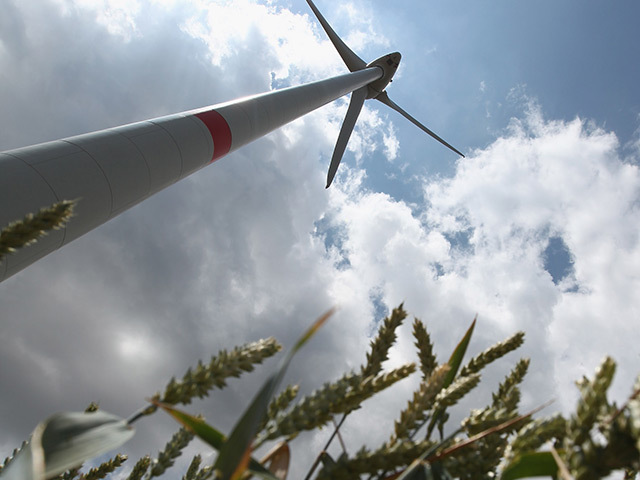
Thousands of acres of the countryside have been swallowed up by development in the past few years, new land use maps have revealed.
Wetlands were among the areas of landscape which were lost between 2006 and 2012, prompting concerns from wildlife experts about the disappearance of important habitat and the natural services such as flood protection they provide.
In total 225,200 hectares or almost 870 square miles of the UK, around 1% of the country, showed changes in land use over the period, according to land cover maps launched by the University of Leicester and consultancy Specto Natura.
The main change was clear-felling of more than 100,000 hectares (247,000 acres) of coniferous forest, largely in Scotland and Wales where much of the plantation forest is found, while around half the area was regrowing or had been replanted.
Around 3,000 hectares (7,400 acres) of mixed forest were also clear felled, according to the mapping which used satellite data from 2006 and 2012 and is based on 44 land cover and land use classes.
The study also revealed that more than 7,000 hectares (17,000 acres) of forest was converted to “artificial surfaces” such as buildings, industrial sites and roads, while 14,000 hectares (35,000 acres) of agricultural land was lost to the spread of towns and cities.
Wetlands were also lost to development, with more than 1,000 hectares (2,500 acres) of such areas vanishing under artificial surfaces.
More than 3,000 hectares of arable land and 2,000 hectares (5,000 acres) of pasture land were converted to mineral extraction sites such as gravel pits, but around 2,000 hectares of former extraction works were converted back to pastures.
And nearly 3,000 hectares of coniferous forests were cleared for industrial development, largely due to the construction of wind farms in upland areas, particularly Scotland.
The “Co-ordination of Information on the Environment” (CORINE) land cover map is part of a European-wide project gathering information on the environment.
The land cover map for 2012 depicts areas bigger than 25 hectares and with a width of 100 metres (328ft), and a land cover change map has been produced detecting changed areas larger than five hectares between 2006 and 2012.
Professor Heiko Baltzer, director of the Centre for Landscape and Climate Research at the University of Leicester and leader of the study said: “Environmental information from satellites is hugely important to keep a check on the quality of life in the UK.”
And he said: “At the scale of change mapping or larger, there appears to be a loss of semi-natural habits and agricultural land.
“The apparent decline in wetlands is particularly concerning.”
Wildfowl & Wetlands Trust head of campaigns Peter Morris said the data on wetlands matched what the charity was seeing and it had an effect on everyone.
“As we drain or build over the boggy bits of our landscape, we lose our landscape’s ability to absorb heavy rain or storm surges, so we lose Britain’s natural protection against flooding. We also lose our wetlands’ ability to store water in times of drought, or to clean it through filtering.
“The value of the benefits of our wetlands has been conservatively estimated at around £7 billion per year.
“But you can’t really put a figure on the enjoyment that river banks, beaches and ponds bring to us, or the fact that they’re home to more types of wildlife than any other landscape in Britain.”
